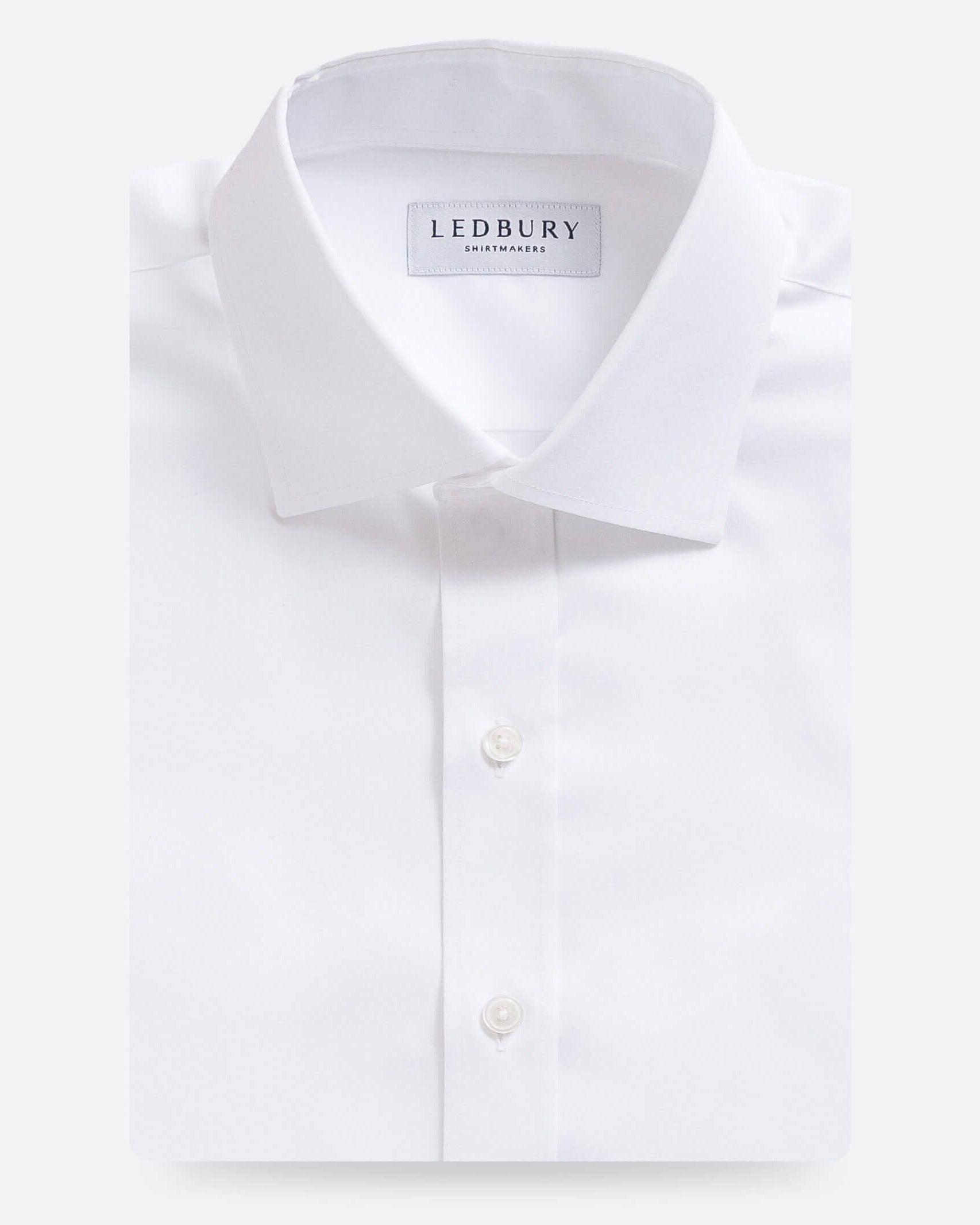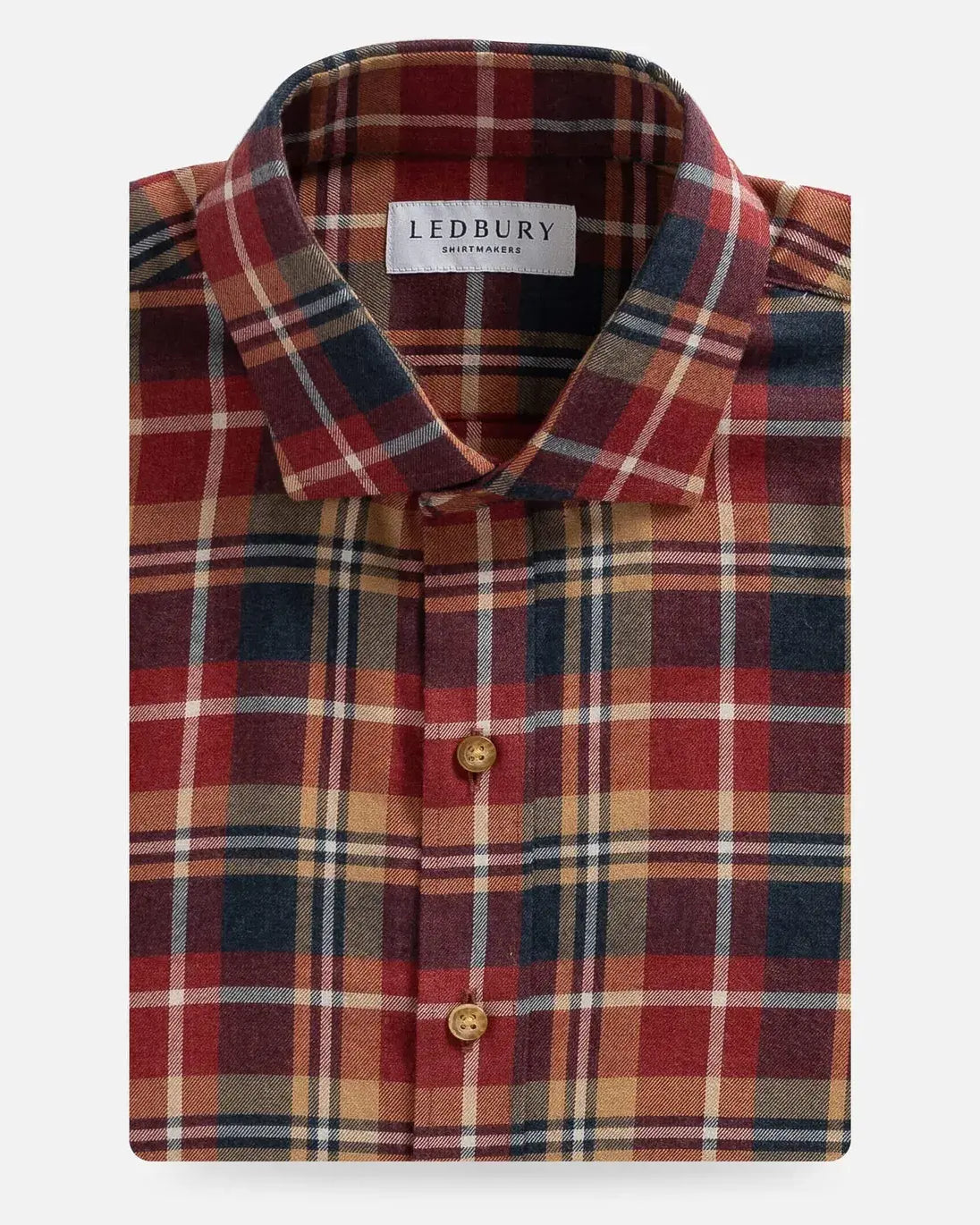



If you have had a chance to click through the photoshoot for our first collection of December Short Run Shirting, you may recall that we managed to take advantage of the lavish Snooker Room of Keswick Hall to photograph of our model Tim in the
Light Blue McKinsey Oxford. A game far less common in our region of the world than its billiard relative, eight ball, we decided to investigate the origin and play of the anomalous sport of snooker.
Since its inception in the 15
th century, tabletop games have had a long and rich history. A relative newcomer to the cue-sports family, it is believed that snooker was invented by British officers stationed in colonial India sometime during the later half of the 19
th century. At the time, the term “snooker” was slang for inexperienced personnel and first year cadets of the British army. As one can imagine with this being a new sport, many of the officers missed shots and were branded as “snookers” and with time, the name was adopted for the game they were playing.
Here’s a quick run down –
- Snooker balls are smaller than billiard balls and the game is played on a standard sized table of 12 x 6 ft.
- Including the cue ball used for striking, 22 balls are used: 15 red balls worth one point each and six balls of different colors ranging from 2 to 7 points.
- The striker must first “pot” a red ball and once this happens, the striker is permitted to attempt to pot a colored ball. If successful, the striker scores the value of the color potted and the color ball is then returned to its correct position on the table.
- This process continues until the striker fails to pot the desired ball, at which point their opponent comes back to the table to play the next shot.
- The game continues in this manner until all the red balls are potted and only the 6 color balls are left on the table; at this point, the color balls must be potted in the order from least to most valued.
- A running score is kept through the duration of the game and after all the balls are potted the person with the highest score wins – unlike pool where the winner is determined by the player that pockets all their designated balls and the 8-ball first.
Snooker remains popular in British Commonwealth countries and is growing in popularity in parts of Asia. To a novice, the rules can be complicated, but if you happen to come across a snooker table in your travels, you should be able to hold your own. Bow ties and vests are no longer the required uniform for proper play, but as demonstrated by the pictures to the left, snooker is a game best played in a room full of well-dressed spectators.
Cheers!



 If you have had a chance to click through the photoshoot for our first collection of December Short Run Shirting, you may recall that we managed to take advantage of the lavish Snooker Room of Keswick Hall to photograph of our model Tim in the Light Blue McKinsey Oxford. A game far less common in our region of the world than its billiard relative, eight ball, we decided to investigate the origin and play of the anomalous sport of snooker.
Since its inception in the 15th century, tabletop games have had a long and rich history. A relative newcomer to the cue-sports family, it is believed that snooker was invented by British officers stationed in colonial India sometime during the later half of the 19th century. At the time, the term “snooker” was slang for inexperienced personnel and first year cadets of the British army. As one can imagine with this being a new sport, many of the officers missed shots and were branded as “snookers” and with time, the name was adopted for the game they were playing.
Here’s a quick run down –
If you have had a chance to click through the photoshoot for our first collection of December Short Run Shirting, you may recall that we managed to take advantage of the lavish Snooker Room of Keswick Hall to photograph of our model Tim in the Light Blue McKinsey Oxford. A game far less common in our region of the world than its billiard relative, eight ball, we decided to investigate the origin and play of the anomalous sport of snooker.
Since its inception in the 15th century, tabletop games have had a long and rich history. A relative newcomer to the cue-sports family, it is believed that snooker was invented by British officers stationed in colonial India sometime during the later half of the 19th century. At the time, the term “snooker” was slang for inexperienced personnel and first year cadets of the British army. As one can imagine with this being a new sport, many of the officers missed shots and were branded as “snookers” and with time, the name was adopted for the game they were playing.
Here’s a quick run down –











